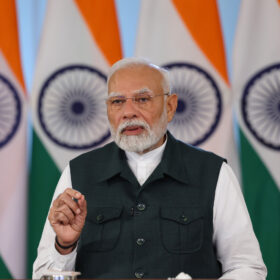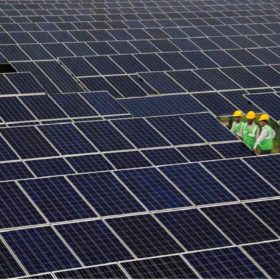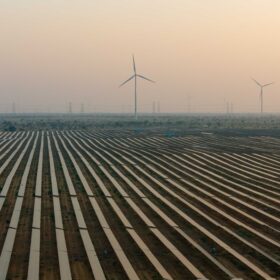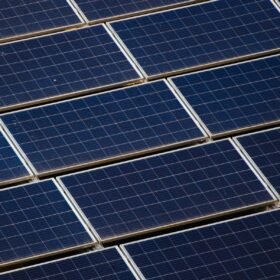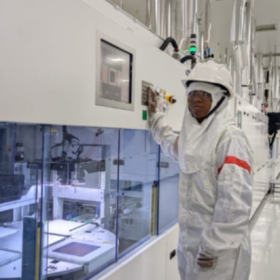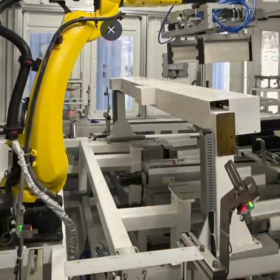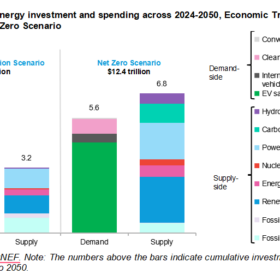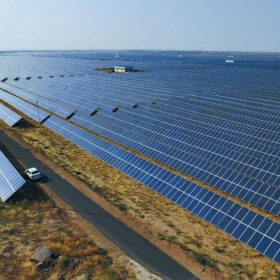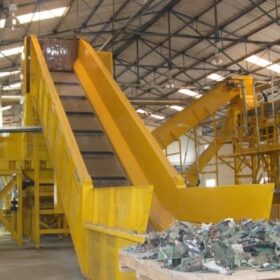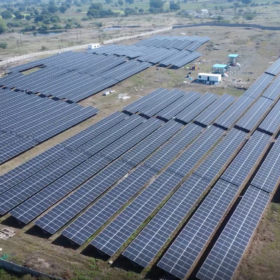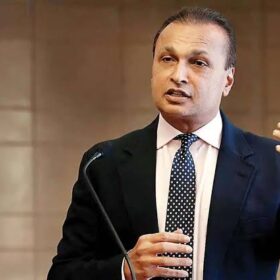“We want to make India a global hub for Green Hydrogen”: Prime minister Narendra Modi
“The National Green Hydrogen Mission is giving an impetus to innovation, infrastructure, industry and investment,” said Prime minister Narendra Modi in his inaugural address at 2nd International Conference on Green Hydrogen.
NHPC allocates 1.2 GW solar at average price of $0.031/kWh
Avaada Energy, Essar Renewables, Jevargi Solar (Rays Power Infra), Mahindra Susten, and Onward Solar Power have emerged winners of the interstate transmission system connected solar capacity.
NVVN increases battery storage tender size to 500 MW/1,000 MWh
NTPC Vidyut Vyapar Nigam Ltd has doubled the standalone battery energy storage system (BESS) tender size to 500 MW/1,000 MWh with maximum capacity up to 250 MW/500 MWh at each substation. However, a developer can bid only for 50% of the total tender capacity.
Grew Energy to supply solar modules for BluPine’s Gujarat project
Grew Energy has signed an agreement to supply solar modules for BluPine Energy’s upcoming project in Banaskantha, Gujarat.
India to face significant land, water challenges in scaling renewables beyond 1.5 TW, says CEEW study
A new report by CEEW states that India’s unconstrained RE potential exceeds 24 TW (terawatts), but not all of it is achievable. Even reaching the 7 TW required to achieve net-zero emissions by 2070 will require a holistic approach to addressing challenges such as land access, climate risks, land conflicts, and population density.
SmartHelio launches AI-powered solar forecasting tool with accuracy up to 98.5%
SmartHelio’s solar analytical tool leverages socio-economic and climate data to deliver high accuracy in predictive analytics.
Tata Power begins solar cell production at 4.3 GW plant in Tamil Nadu
Tata Power’s step-down arm TP Solar Ltd has commenced commercial production of solar cells with an initial capacity of 2 GW at its 4.3 GW integrated PV cell and module plant in Tirunelveli.
MNRE proposes ALMM mandate for solar cells from April 1, 2026
India’s Ministry of New and Renewable Energy (MNRE) has invited suggestions from stakeholders on the draft guidelines of the approved list of models and manufacturers (ALMM) for solar cells as it proposes to make it effective from April 2026.
Honeywell commissions battery energy storage system to help decarbonize Lakshadweep
Honeywell’s battery energy storage system (BESS) technologies integrated into the solar microgrid of the remote Kavaratti islands of Lakshadweep support decarbonization of the islands’ energy supply.
India’s decarbonization presents $12 trillion opportunity in clean technologies
A BloombergNEF study estimates India’s energy sector investment and spending under its net-zero scenario at $12.4 trillion over 2024-50, 34% (or about $3 trillion) higher than in the economic transition scenario.
